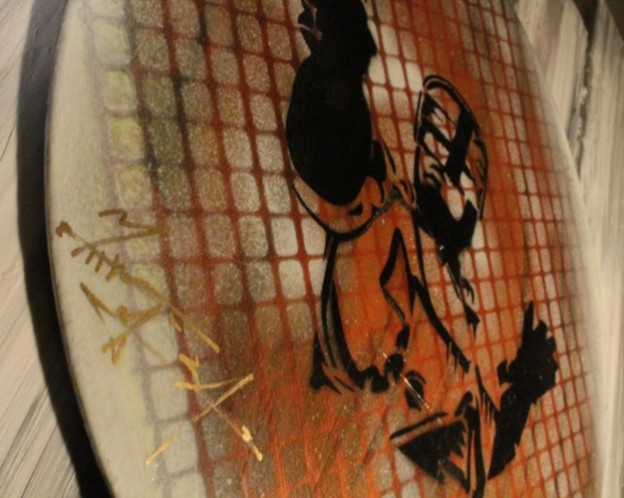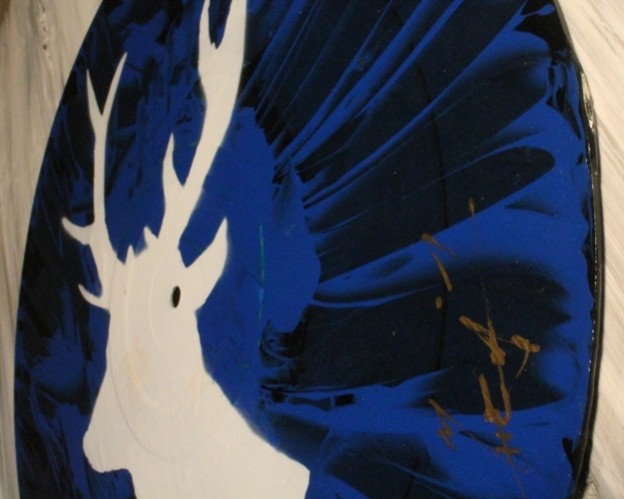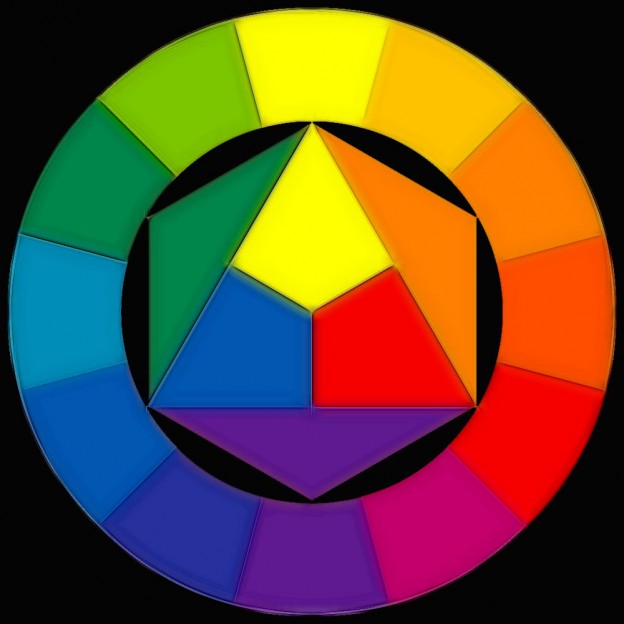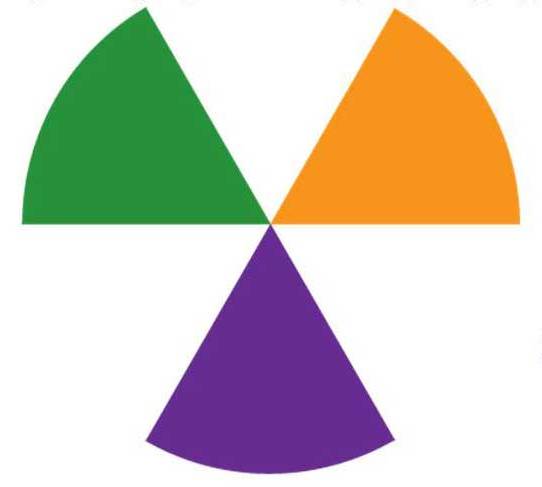Tag: paint
-

10 Fabric Painting Tips
For a small outlay on a few colors and a suitable brush, fabric painting opens up endless opportunities for transforming your wardrobe and your home. It enables you to create one-of-a-kind pieces of wearable art (t-shirts are the most common) or to design some special cushion covers, curtains, or a wall hanging. Fabric Painting Tip […]
-

Readers Respond: How Long Does It Take You to Complete a Painting?
Why Ask? Give anyone who asks this, the answer that Whistler gave to someone when asked how long it took to do his “Nocturne in Blue and Gold”. He said, “It has taken me a lifetime to get to where I can even begin to do this”. —Guest Flora Ideas Progress as Art Does I […]
-

Readers Respond: How Long Does It Take You to Complete a Painting?
By Marion Boddy-Evans As long it takes to be satisfied It takes me as long as it takes to be satisfied. Sometimes it is in an evening and some are still waiting to be finished because I wasn’t pleased and had to get away from it. It took me 5 weeks to finish one of my […]
-

Monday Motivator: Put More Paint in the Sky
By Marion Boddy-Evans “I used to paint the sky with thin mixtures of paint, but find I am better able to capture the shimmer of light when I have more paint over the entire canvas.” — Kim Casebeer, PleinAir Magazine, June/July 2013, page 51 Or, to paraphrase: “Use more paint!” What’s working best for your skies? I’ve been […]
-

How to Create a Body of Work and a Distinctive Style as an Artist
If you’re looking to get gallery representation, or to sell your art in some other, more innovative way, we have to assume that you already have a body of work that consists of at least 20 or 30 works in a style, medium, colors, and subject matter that distinguish you from every other artist in some way. […]
-

Complementary Colors
The complementary color of a primary color (red, blue, or yellow) is the color you get by mixing the other two primary colors. So the complementary color of red is green, of blue is orange, and of yellow is purple. What About Secondary Colors? The complementary of a secondary color is the primary color that […]
-

Tertiary Colors
Browns and grays contain all three primary colors. They’re created by mixing either all three primary colors or a primary and secondary color (secondary colors of course being made from two primaries). By varying the proportions of the colors you’re mixing, you create the different tertiary colors. What’s the Easiest Way to Mix a Brown? […]
-

Mixing vs Buying Ready-Made Colors
Color mixing gives you a range of colors with a minimum number of tubes of paint (very useful when painting outside your studio). If you’re using a lot of a certain color, you’ll probably decide it’s easier to buy it in a tube rather than mix it up again and again. But you’ll find that […]
-

Secondary Colors
Secondary colors are made by mixing two primary colors together: red and yellow to get orange, yellow and blue to get green, or red and blue to get purple. The secondary color you get depends on the proportions in which you mix the two primaries. If you mix three primary colors together, you get a […]
-

Warm and Cool Colors
Every color has a certain bias towards what’s called warm and cool. It’s not something that’s overwhelming; it’s subtle. But it’s an important element in color mixing as it influences the results. As a group, reds and yellows are considered warm colors and blue a cool color. But if you compare different reds (or yellows […]